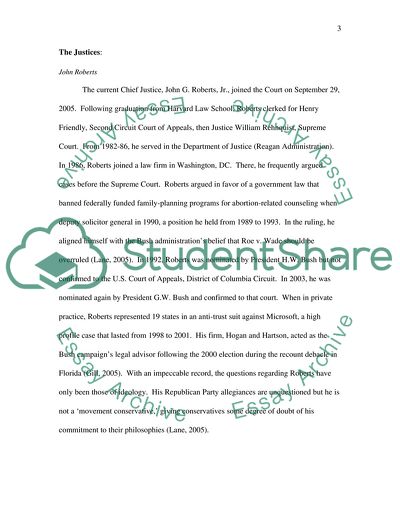Cite this document
(U.S. Supreme Court Justices and Ninth Circuit Court of Appeals Coursework, n.d.)
U.S. Supreme Court Justices and Ninth Circuit Court of Appeals Coursework. https://studentshare.org/law/1706536-us-supreme-court-justices-ninth-circuit-court-of-appeals
U.S. Supreme Court Justices and Ninth Circuit Court of Appeals Coursework. https://studentshare.org/law/1706536-us-supreme-court-justices-ninth-circuit-court-of-appeals
(U.S. Supreme Court Justices and Ninth Circuit Court of Appeals Coursework)
U.S. Supreme Court Justices and Ninth Circuit Court of Appeals Coursework. https://studentshare.org/law/1706536-us-supreme-court-justices-ninth-circuit-court-of-appeals.
U.S. Supreme Court Justices and Ninth Circuit Court of Appeals Coursework. https://studentshare.org/law/1706536-us-supreme-court-justices-ninth-circuit-court-of-appeals.
“U.S. Supreme Court Justices and Ninth Circuit Court of Appeals Coursework”. https://studentshare.org/law/1706536-us-supreme-court-justices-ninth-circuit-court-of-appeals.


